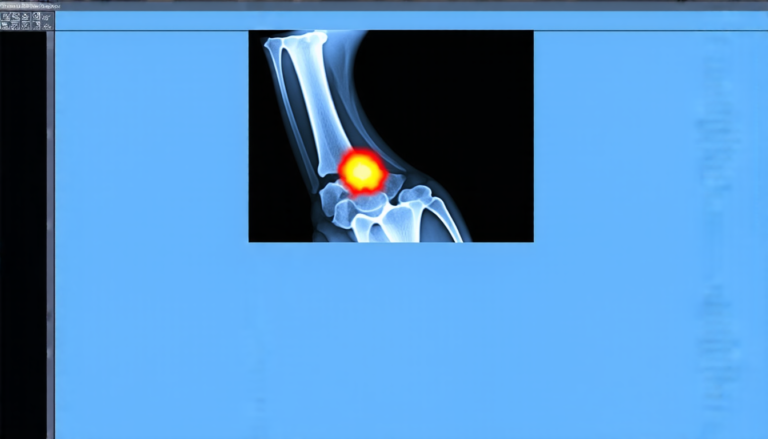Tuesday 22 July 2025
Scientists have made a significant breakthrough in understanding how complex systems, like swarms of robots or even flocks of birds, can work together to achieve impressive goals. By using a combination of mathematical modeling and computer simulations, researchers have been able to create a formal framework for describing the behavior of these complex systems.
The study focused on swarm robotics, where a large number of small robots work together to form shapes or patterns. This is achieved by having each robot follow simple rules, without needing any centralized control or guidance. The resulting patterns can be surprisingly intricate and sophisticated, making it seem like the robots are working together in harmony.
To understand how this works, scientists used a mathematical technique called formal specification. This involves creating a detailed blueprint of how the system works, using mathematical formulas to describe the behavior of each individual component. By doing so, researchers can analyze the behavior of the entire system and predict how it will respond to different situations or changes in its environment.
In this study, scientists used a language called Z to create their formal specification model. This allowed them to define the states and events that occur within the swarm, as well as the rules that govern each robot’s behavior. By using this framework, researchers were able to simulate different scenarios and predict how the swarm would behave in response.
The results of this study are promising for a wide range of applications. For example, swarm robotics could be used for search and rescue missions, where a large number of small robots could work together to locate survivors or detect hazards. Alternatively, it could be used for environmental monitoring, where swarms of robots could work together to track changes in water quality or air pollution.
The study also has implications for our understanding of complex systems in general. By using formal specification to model and analyze these systems, researchers can gain a deeper understanding of how they function and respond to different situations. This knowledge can then be used to improve the design and operation of these systems, leading to more efficient and effective outcomes.
Overall, this study represents an important step forward in our ability to understand and work with complex systems. By using formal specification and computer simulations, researchers can create detailed models of how these systems work and predict their behavior under different conditions. This knowledge has the potential to be applied in a wide range of fields, from robotics and environmental monitoring to biology and ecology.
Cite this article: “Formal Framework for Describing Complex Systems”, The Science Archive, 2025.
Swarm Robotics, Formal Specification, Mathematical Modeling, Computer Simulations, Complex Systems, Swarm Behavior, Robot Swarms, Search And Rescue, Environmental Monitoring, Artificial Intelligence







